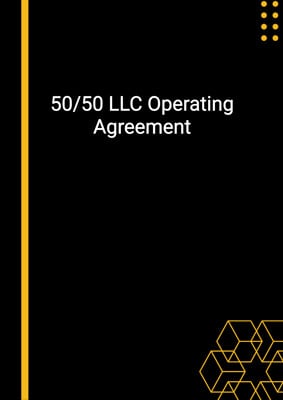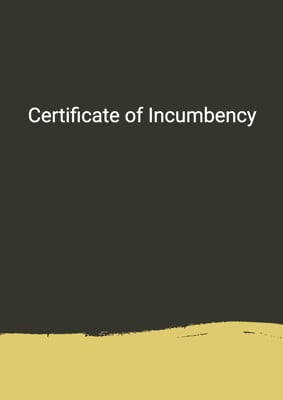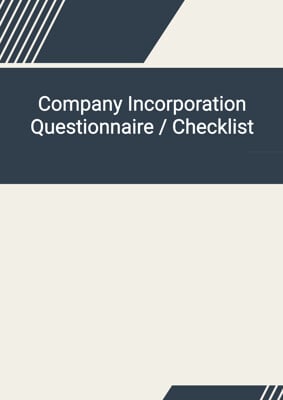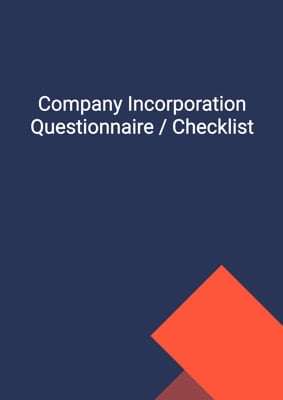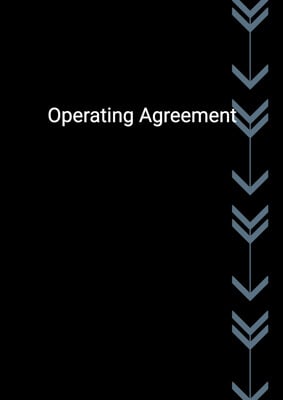How to Tailor the Document for Your Need?
01
Create Document
Click "Create Document" button and the document will be prepared with your account details automatically filled in.
02
Fill Information
Please fill in any additional information by following the step-by-step guide on the left hand side of the preview document and click the "Next" button.
03
Get Document
When you are done, click the "Get Document" button and you can download the document in Word or PDF format.
04
Review Document
Please review the document carefully and make any final modifications to ensure that the details are correct before publication / distribution.
Document Preview
Document Description
The document titled 'Corporate Governance Framework' is of great importance as it serves as the foundation for the account job company. It emphasizes the significance of good corporate governance in sustaining the company in the long run and building a reputation for excellence in performance and integrity. The framework aims to ensure continuous performance improvement, meet governance obligations, and adhere to legislative requirements. It instills fairness, accountability, responsibility, and transparency throughout the company, fostering confidence among shareholders, stakeholders, and the public.
The document is divided into several sections, each providing detailed information on different aspects of corporate governance. The first section, 'Introduction,' highlights the purpose and importance of the corporate governance framework. It emphasizes the role of sound corporate governance principles in navigating the changing regulatory and market environment.
The second section focuses on the 'Board of Directors.' It explains the responsibilities and accountability of the board towards the long-term success of the company. The board's powers include formulating strategic directions, approving budgets and financial statements, and overseeing risk management and internal control systems. The board's terms of reference are reviewed annually to ensure compliance with legal and regulatory requirements.
The third section discusses the various 'Board Committees' established to effectively manage the company. These committees, including the Audit Committee, Nomination Committee, Remuneration Committee, and others, have specific roles and responsibilities. They report their decisions and recommendations to the board and seek approval on reserved matters. The terms of reference for each committee are reviewed annually to reflect best practices and the company's needs.
The fourth section addresses the roles and responsibilities of the 'Chairman and Chief Executive Officer.' The chairman leads the board, ensures effective performance of directors, and maintains constructive relations between executive and non-executive directors. The chief executive officer is responsible for day-to-day management, implementing board strategies, and reporting to the board on business performance. The chairman and chief executive officer work together to establish good corporate practices and procedures.
The fifth section provides information about the 'Members of the Board of Directors.' It explains the roles of executive directors, non-executive directors, and independent non-executive directors. The executive directors are involved in day-to-day business operations, while non-executive directors evaluate management's performance and provide constructive feedback. Independent non-executive directors bring external expertise and maintain objectivity in decision-making. The company secretary plays a crucial role in governance matters and ensures compliance with legislative, regulatory, and governance requirements.
The sixth section focuses on the 'Fit and Proper' policy, which ensures that directors, senior management, and key personnel are fit and proper for their positions. The policy helps manage the risk of appointing individuals who may not meet the required standards.
The seventh section highlights the 'Governance Principles' followed by the company. It emphasizes the importance of effective risk management, the board's responsibility for establishing and maintaining risk management and internal control systems, and the three lines of defense governance model. The three lines of defense include the first line (functions owning and managing risks), the second line (compliance and risk management functions), and the third line (audit and external professionals).
The eighth section addresses 'Conflicts of Interests and Outsourcing.' It requires directors and senior management to disclose and seek approval for any conflicts of interest. The company has an outsourcing policy that guides accountability for outsourced activities.
The ninth section discusses 'Data Privacy' and the practical procedures for handling personal data collected in the company's normal course of business. Training programs are provided to employees to ensure compliance with data privacy regulations.
The tenth section focuses on 'Harassment and Misconduct.' It provides a reporting channel for employees and stakeholders to report suspected harassment, misconduct, or malpractice. The policy ensures transparency and outlines the process for handling reports and implementing recommendations.
The eleventh section highlights 'Incidents Self-Reporting.' The company has an online incident reporting platform that enables faster reporting of incidents with major or critical impacts. This facilitates prompt senior management action and supports early identification of emerging risks.
The twelfth section addresses 'Corporate Responsibility and Sustainability (CRS) Reporting.' The company provides additional assurance to the audit committee on the accuracy of CRS reports. Internal audit reviews all operations to ensure compliance with corporate responsibility and sustainability practices.
The thirteenth section focuses on the 'Annual General Meeting.' Shareholders are encouraged to attend the meeting to communicate directly with directors and raise any governance-related issues.
How to use this document?
1. Understand the importance of the Corporate Governance Framework in sustaining the company and building a reputation for excellence in performance and integrity.
2. Familiarize yourself with the different sections of the document, including the Introduction, Board of Directors, Board Committees, Chairman and Chief Executive Officer, Members of the Board of Directors, Fit and Proper policy, Governance Principles, Conflicts of Interests and Outsourcing, Data Privacy, Harassment and Misconduct, Incidents Self-Reporting, Corporate Responsibility and Sustainability (CRS) Reporting, and Annual General Meeting.
3. Review the responsibilities and powers of the Board of Directors, including formulating strategic directions, approving budgets and financial statements, and overseeing risk management and internal control systems.
4. Understand the roles and responsibilities of the Chairman and Chief Executive Officer in leading the board and managing day-to-day operations.
5. Familiarize yourself with the different Board Committees, such as the Audit Committee, Nomination Committee, Remuneration Committee, and others, and their specific roles and responsibilities.
6. Recognize the importance of independent non-executive directors in maintaining objectivity in decision-making.
7. Comply with the Fit and Proper policy, ensuring that you and other key personnel are fit and proper for your positions.
8. Understand the governance principles followed by the company, including effective risk management, the three lines of defense governance model, and the board's responsibility for establishing and maintaining risk management and internal control systems.
9. Adhere to the company's policies on conflicts of interests and outsourcing, ensuring disclosure and seeking approval when necessary.
10. Handle personal data in accordance with the Data Privacy procedures outlined in the document.
11. Report any suspected harassment, misconduct, or malpractice through the designated reporting channel, ensuring confidentiality and transparency.
12. Utilize the online incident reporting platform to report incidents with major or critical impacts, enabling prompt senior management action.
13. Understand the company's Corporate Responsibility and Sustainability (CRS) Reporting process and the importance of accurate data reporting.
14. Attend the Annual General Meeting to engage with directors and raise any governance-related issues.

